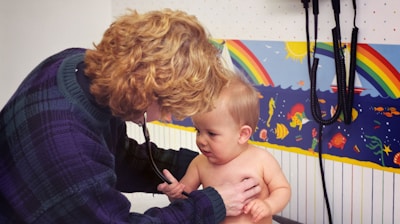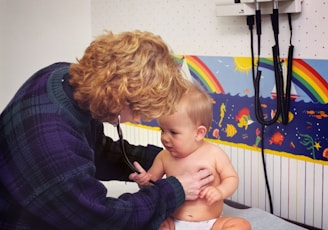Neurological Rehabilitation
Our specialized approach harnesses the brain's ability to adapt and rewire itself, allowing for the development of new neural connections and improved functioning. Through targeted therapies, we focus on stimulating neuroplasticity in the brain, promoting improvements in behavior, cognition, and social interaction. By engaging in activities that challenge and stimulate the neural pathways associated with specific deficits, we aim to enhance neural connectivity and optimize brain function of children with neurobehavioral disorders.


Neuroplasticity
The brain has the ability to form new neural connections, modify existing ones, and rewire its structure. This dynamic process enables the brain to continuously adapt and optimize its functioning. Neuroplasticity occurs at various levels, ranging from microscopic changes in synaptic connections to larger-scale reorganization of brain regions.
Primitive Reflex Integration
Primitive reflexes are automatic movements that serve as protective responses in newborns but should ideally fade away as the central nervous system develops. Primitive reflex integration facilitates the transition from reflexive movements to purposeful and controlled actions. The integration of primitive reflexes allows for improvements in motor control and coordination.






Neurofeedback
By utilizing real-time monitoring of brainwave activity, neurofeedback provides children with immediate feedback of their brain states. This feedback helps them become aware of their mental states and learn to self-regulate their attention. Children can train their brains to enhance focus and attention by reinforcing desired brainwave patterns associated with concentration.
